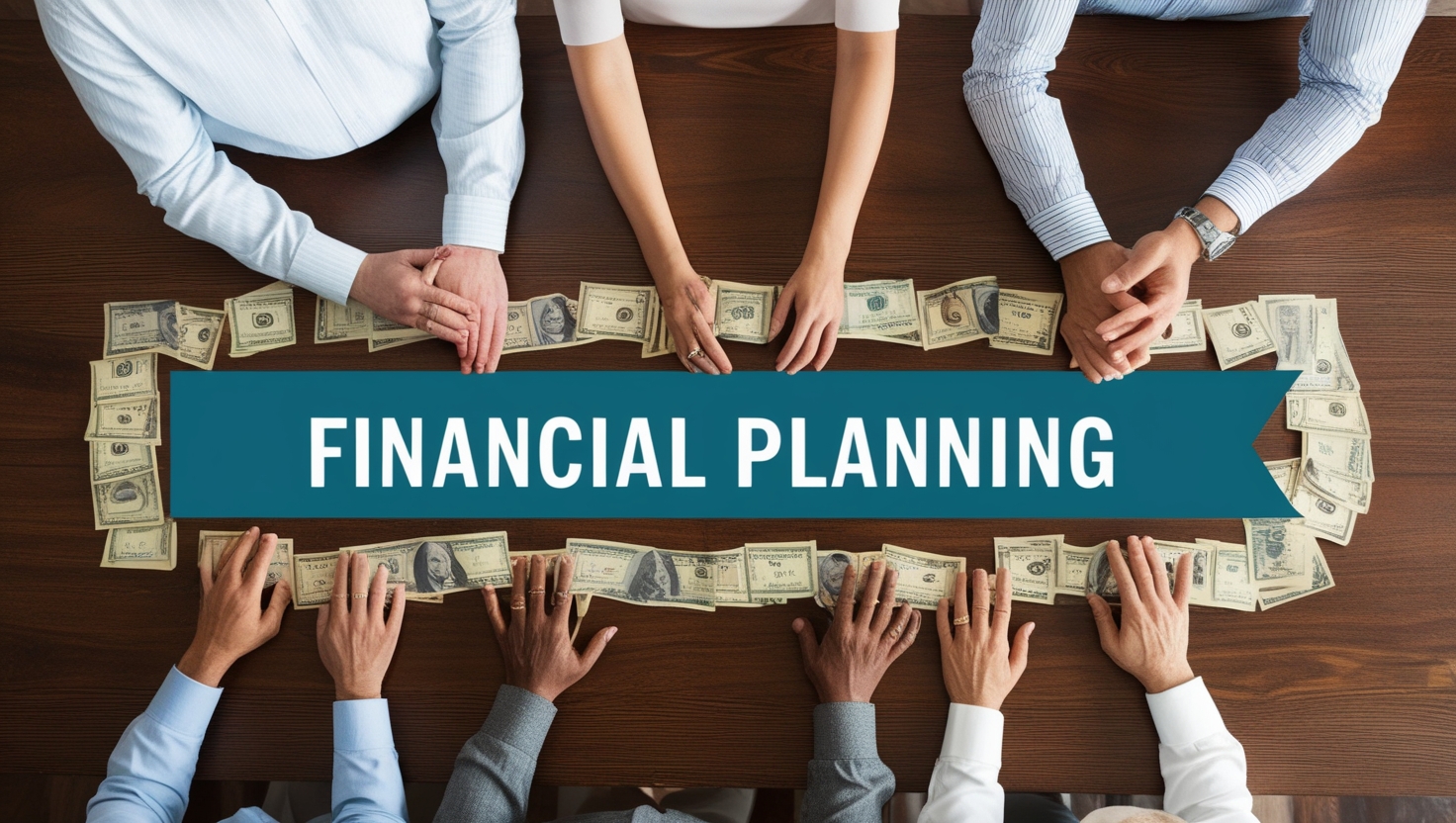Introduction: Financial Confidence as the Key to Stability and Prosperity
Financial confidence is not just a feeling of comfort regarding your current financial situation, but it is a solid foundation for stability and prosperity in the future. It is the ability to make sound financial decisions, plan for the future with confidence, and deal with unexpected financial challenges with flexibility. Achieving financial confidence requires a deep understanding of your finances, setting clear goals, and implementing effective strategies to achieve these goals.
Chapter 1: Understanding Your Current Financial Situation
1.1. Assessing Net Worth
The first step towards building financial confidence is understanding your current financial situation. Start by assessing your net worth, which is the difference between your total assets (such as cash, investments, and real estate) and your total liabilities (such as loans, debts, and outstanding bills). This assessment provides you with a clear picture of your current financial situation and helps you identify areas that need improvement.
Example: If your assets are $500,000 and your liabilities are $200,000, your net worth is $300,000.
1.2. Tracking Income and Expenses
Tracking your income and expenses is a crucial step in understanding where your money is going. You can use budgeting apps, spreadsheets, or even a simple notebook to record all your financial transactions. This tracking helps you identify areas where you can reduce spending and increase savings.
Tip: Divide your expenses into major categories (such as housing, transportation, food, and entertainment) to identify areas where you can make changes.
Chapter 2: Setting Clear Financial Goals
2.1. Defining Short-Term and Long-Term Goals
Setting clear financial goals is the next step towards building financial confidence. Set short-term goals (such as paying off debt, or building an emergency fund) and long-term goals (such as buying a house, or retirement). Make sure your goals are Specific, Measurable, Achievable, Relevant, and Time-bound (SMART).
Example: Short-term goal: Pay off $5,000 of credit card debt within 6 months. Long-term goal: Buy a house worth $1,000,000 within 5 years.
2.2. Prioritizing and Ranking Goals
You may have many financial goals, but it is important to prioritize and rank them based on their importance and urgency. Focus on the goals that will have the greatest impact on your financial situation first.
Chapter 3: Building an Effective Budget
3.1. Creating a Monthly Budget
A budget is a financial plan that outlines how to allocate your monthly income. Create a monthly budget that specifies your expected income and expected expenses. Make sure your budget is realistic and reflects your financial priorities.
Tip: Use the 50/30/20 rule to allocate your income: 50% for basic needs, 30% for wants, and 20% for savings and debt repayment.
3.2. Tracking and Adjusting the Budget
After creating your budget, track your actual spending and compare it to your proposed budget. If you find that you are overspending in some areas, adjust your budget to reflect your new financial reality.
Chapter 4: Debt Repayment
4.1. Identifying Types of Debt
Start by identifying the types of debt you have (such as student loans, car loans, and credit card debt). Rank debts by interest rate, focusing on paying off the debts with the highest interest rate first.
4.2. Debt Repayment Strategies
There are several strategies you can use to pay off debt, such as the snowball method (paying off the smallest debt first) and the avalanche method (paying off the debt with the highest interest rate first). Choose the strategy that suits you and stick to it.
Example: If you have credit card debt with a 20% interest rate and a car loan with a 5% interest rate, start by paying off the credit card debt first.
Chapter 5: Building an Emergency Fund
5.1. Importance of an Emergency Fund
An emergency fund is a savings account dedicated to covering unexpected expenses (such as job loss, home repairs, or medical bills). Having an emergency fund gives you peace of mind and protects you from falling into debt in the event of an emergency.
5.2. Determining the Size of the Emergency Fund
Most financial experts aim to save the equivalent of 3-6 months of living expenses in an emergency fund. Start by determining the size of the emergency fund you need based on your financial situation and lifestyle.
Chapter 6: Investing for the Future
6.1. Understanding Investment Basics
Investing is a way to increase your wealth over time. Before you start investing, learn the basics of investing, including different types of investments (such as stocks, bonds, and real estate), investment risks, and expected returns.
6.2. Defining Investment Goals
Define your investment goals, such as retirement, buying a house, or children's education. These goals will help you choose the right investments and determine the investment time horizon.
6.3. Diversification
Diversification is a strategy to reduce risk by spreading your investments across a variety of assets. Don't put all your eggs in one basket.
Chapter 7: Developing Your Financial Skills
7.1. Reading and Learning
Continue reading and learning about money, investing, and the economy. There are many books, websites, and training courses that can help you develop your financial skills.
7.2. Seeking Professional Advice
If you need help managing your money, consider seeking advice from a qualified financial advisor. A financial advisor can help you create a personalized financial plan and achieve your financial goals.
Chapter 8: Protecting Your Finances
8.1. Insurance
Insurance is a way to protect your finances from unexpected financial risks. Make sure you have adequate insurance coverage to cover major risks, such as health insurance, life insurance, and property insurance.
8.2. Protection Against Fraud
Be wary of financial scams. Do not share your personal or financial information with anyone you do not trust. Check any investment offer before investing in it.
Chapter 9: Economic Independence
9.1. Defining Economic Independence
Economic independence is the ability to cover your expenses without relying on a job or other income. It is achieving financial freedom and the ability to live the life you want.
9.2. Steps Towards Economic Independence
Achieving economic independence requires long-term planning and careful implementation. Follow these steps to achieve economic independence: increase your income, reduce your expenses, invest your money wisely, and protect your finances from risks.
Chapter 10: Maintaining Financial Confidence in the Long Term
10.1. Periodic Review of the Financial Plan
Review your financial plan regularly (at least once a year) and adjust it as needed. Your financial circumstances may change over time, so it is important to make sure your financial plan is still right for you.
10.2. Staying Up-to-Date
Stay up-to-date with financial and economic developments. This will help you make informed financial decisions and protect your wealth.
Conclusion: Building financial confidence and economic independence is a journey that requires planning, effort, and commitment. By following the strategies outlined in this article, you can build a strong financial foundation, achieve your financial goals, and live a more stable and prosperous life.




